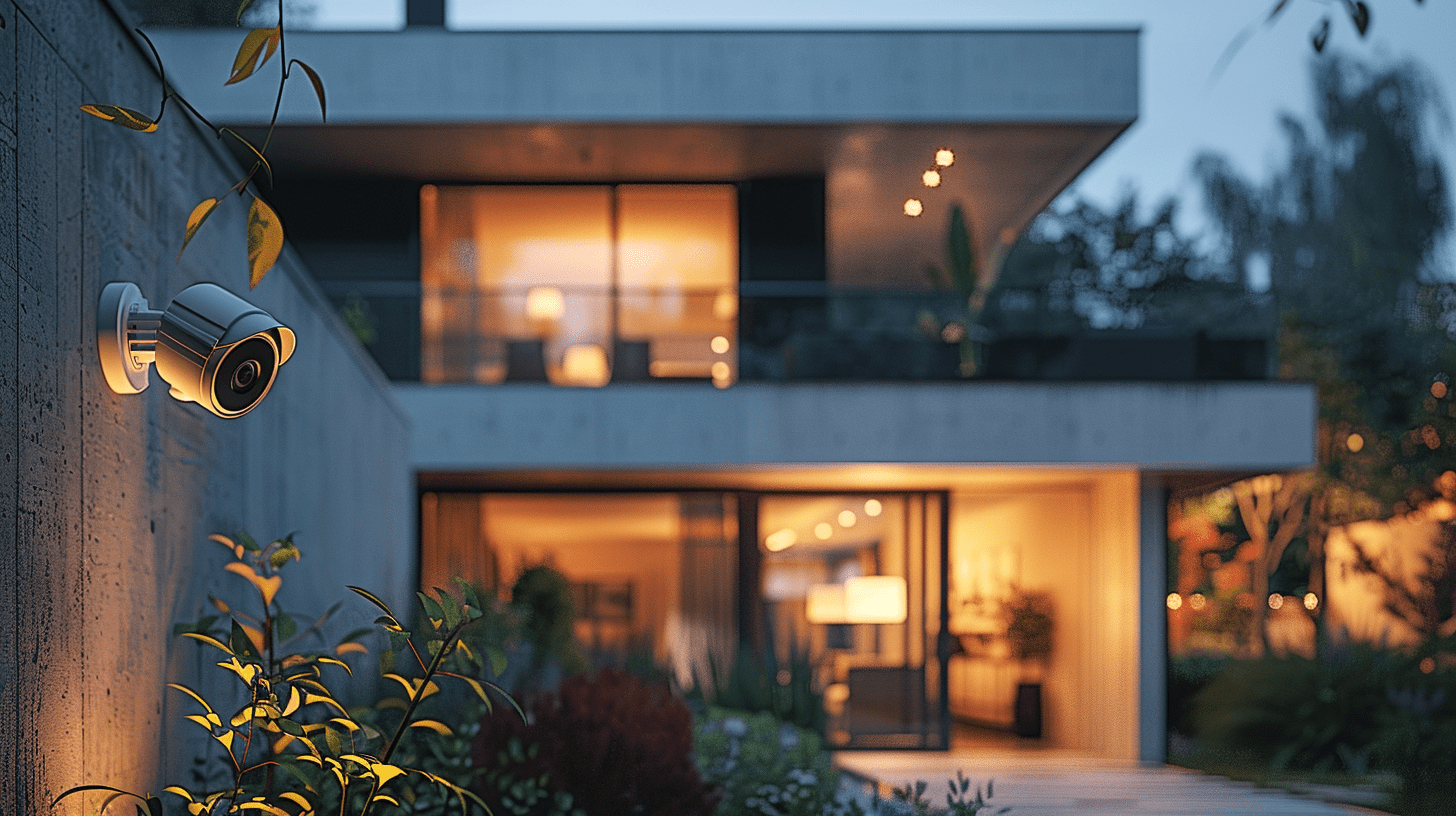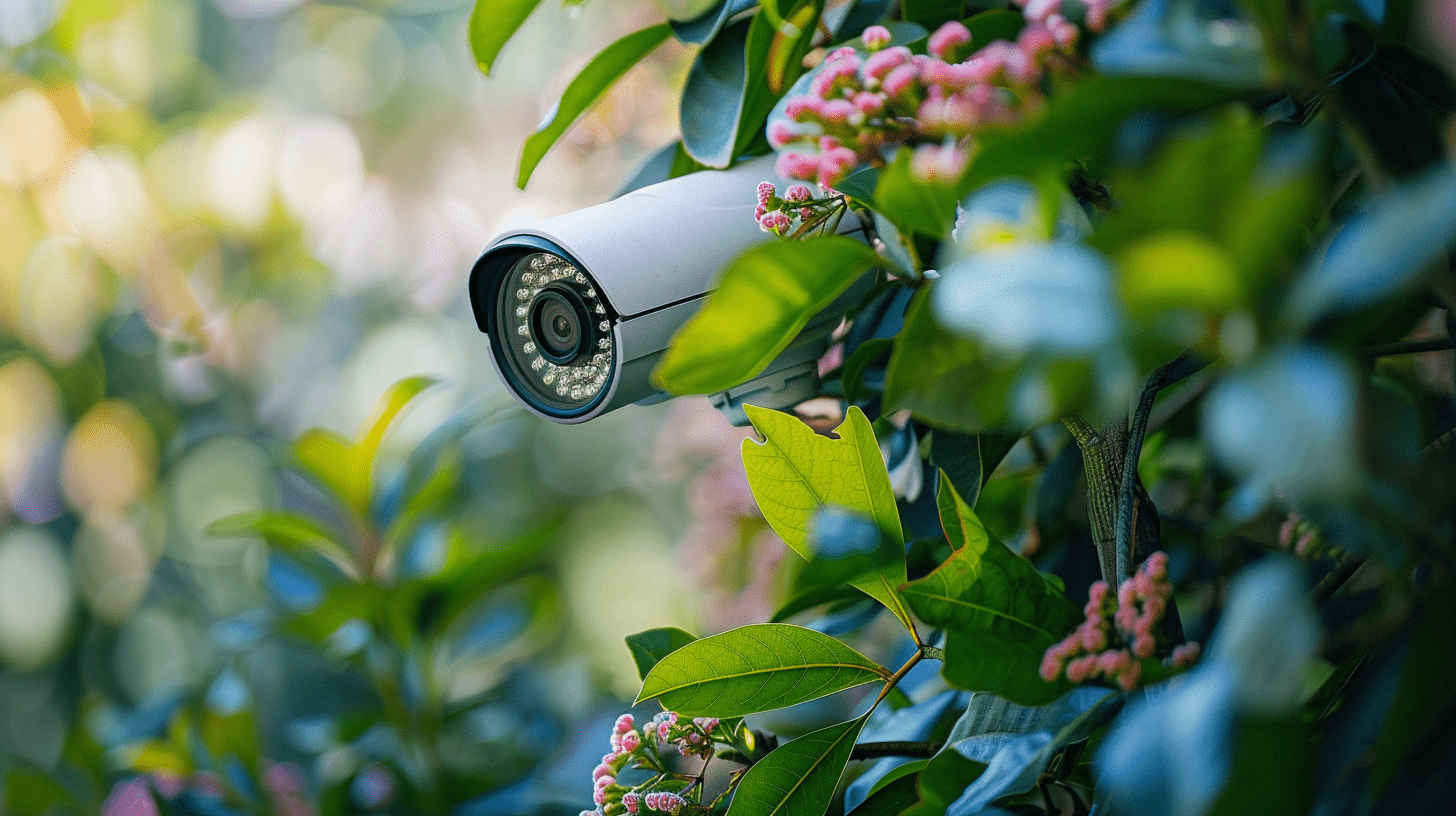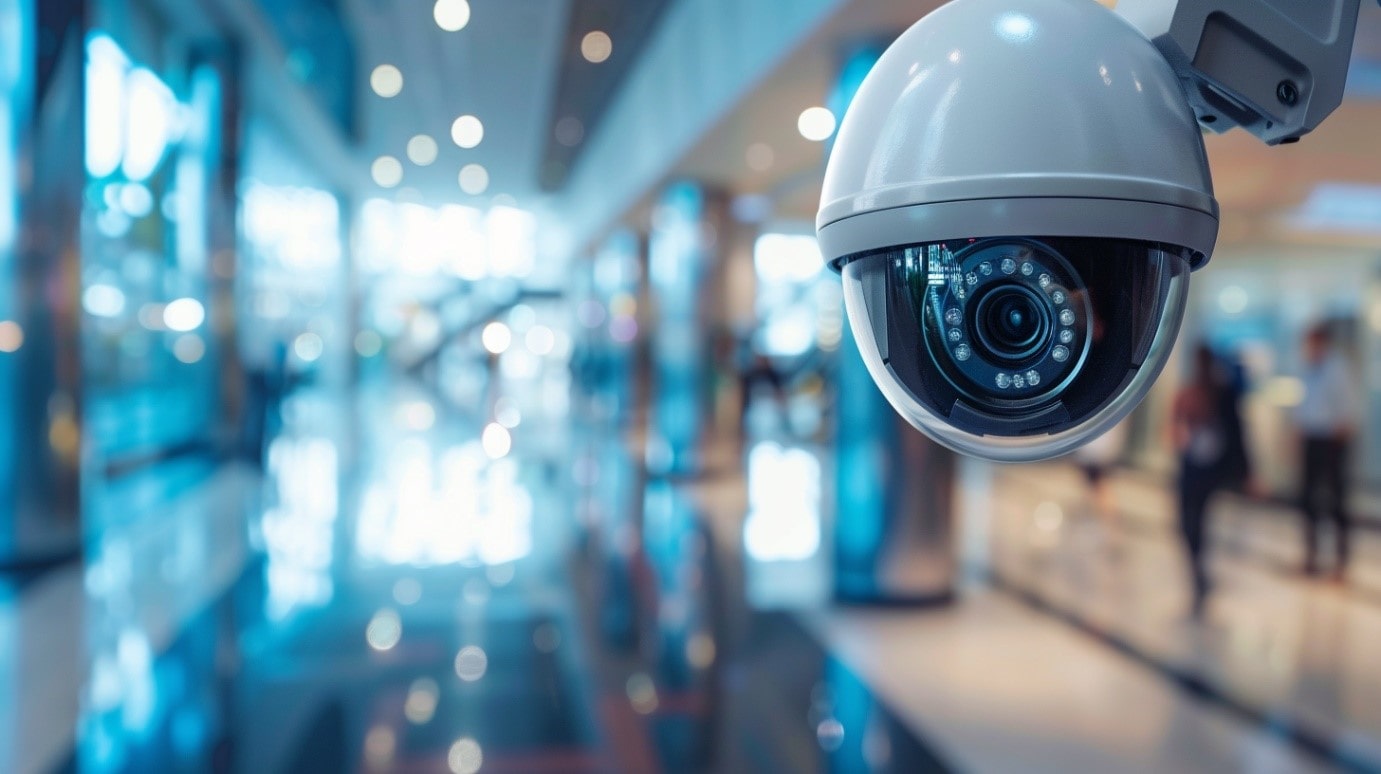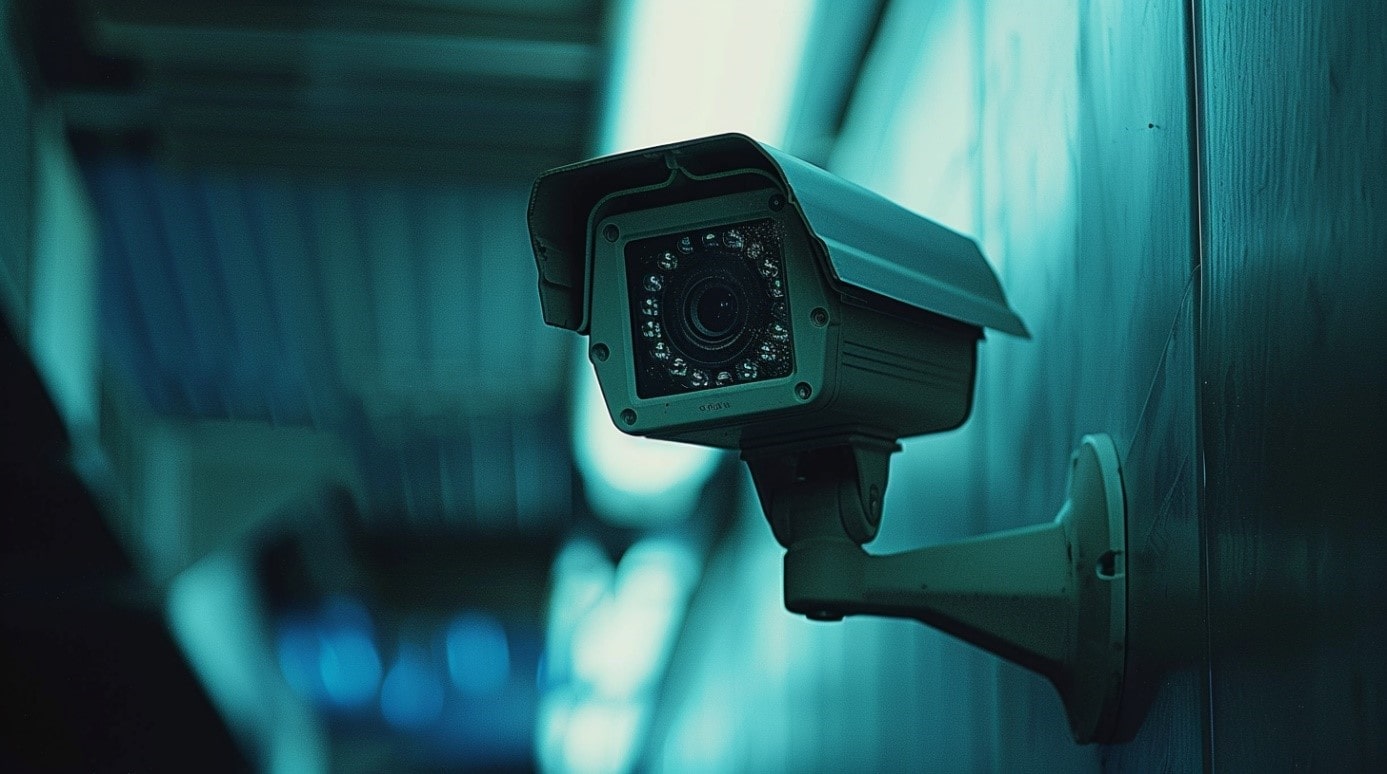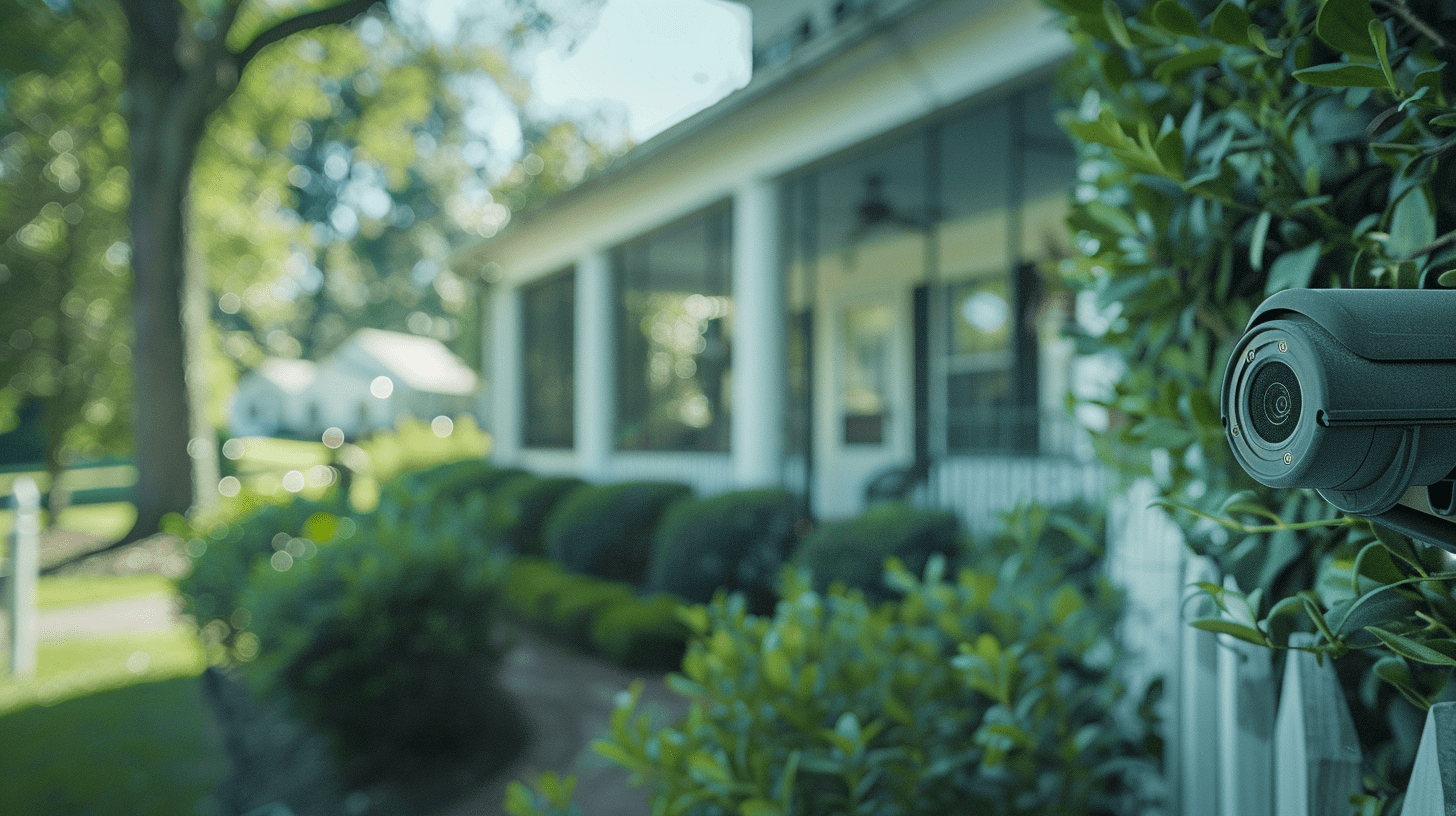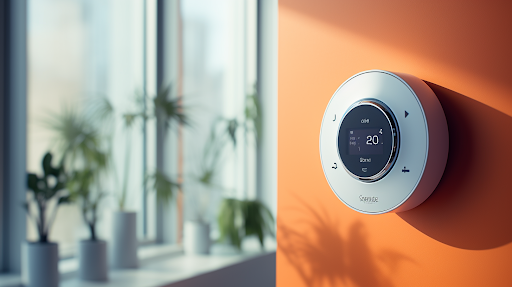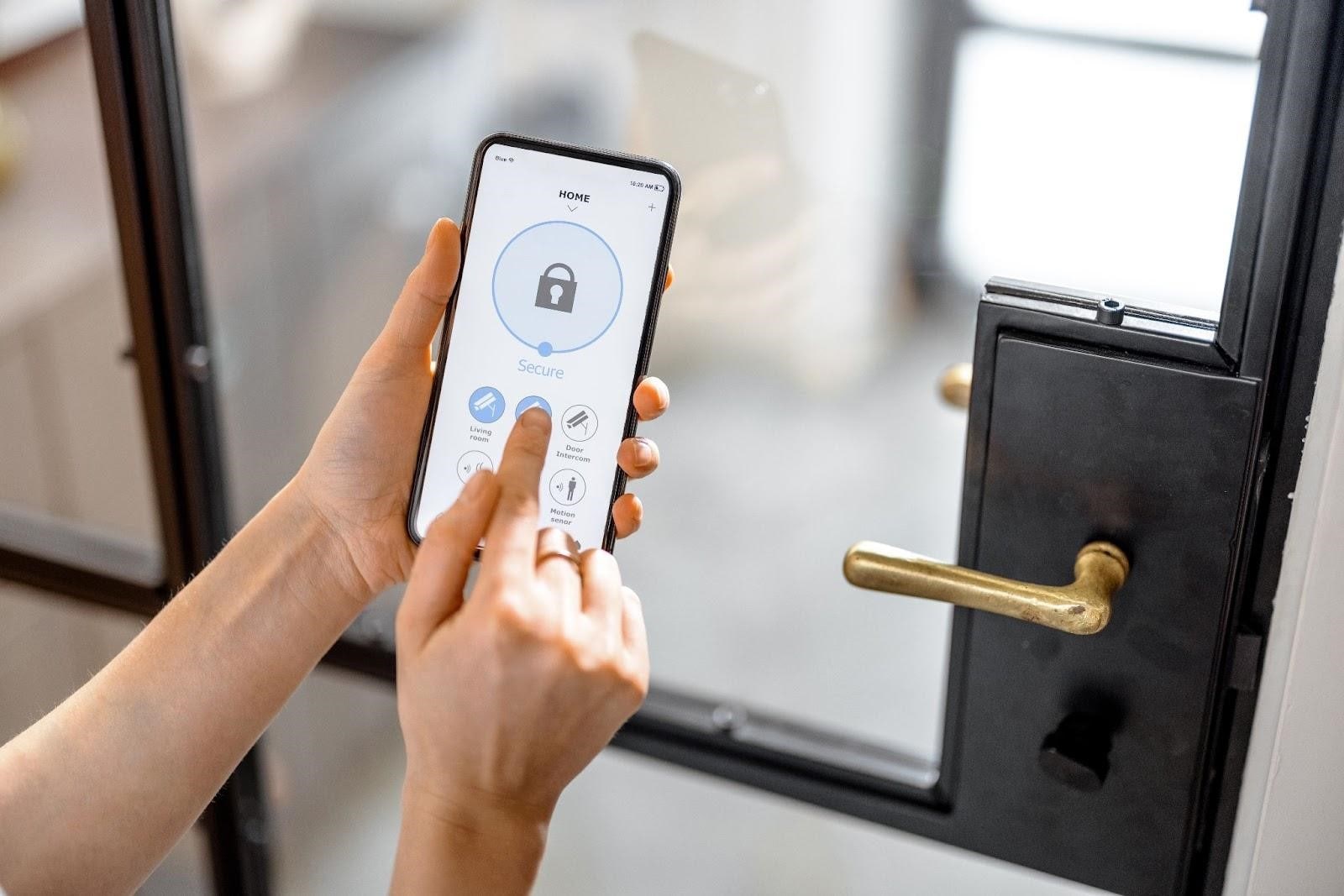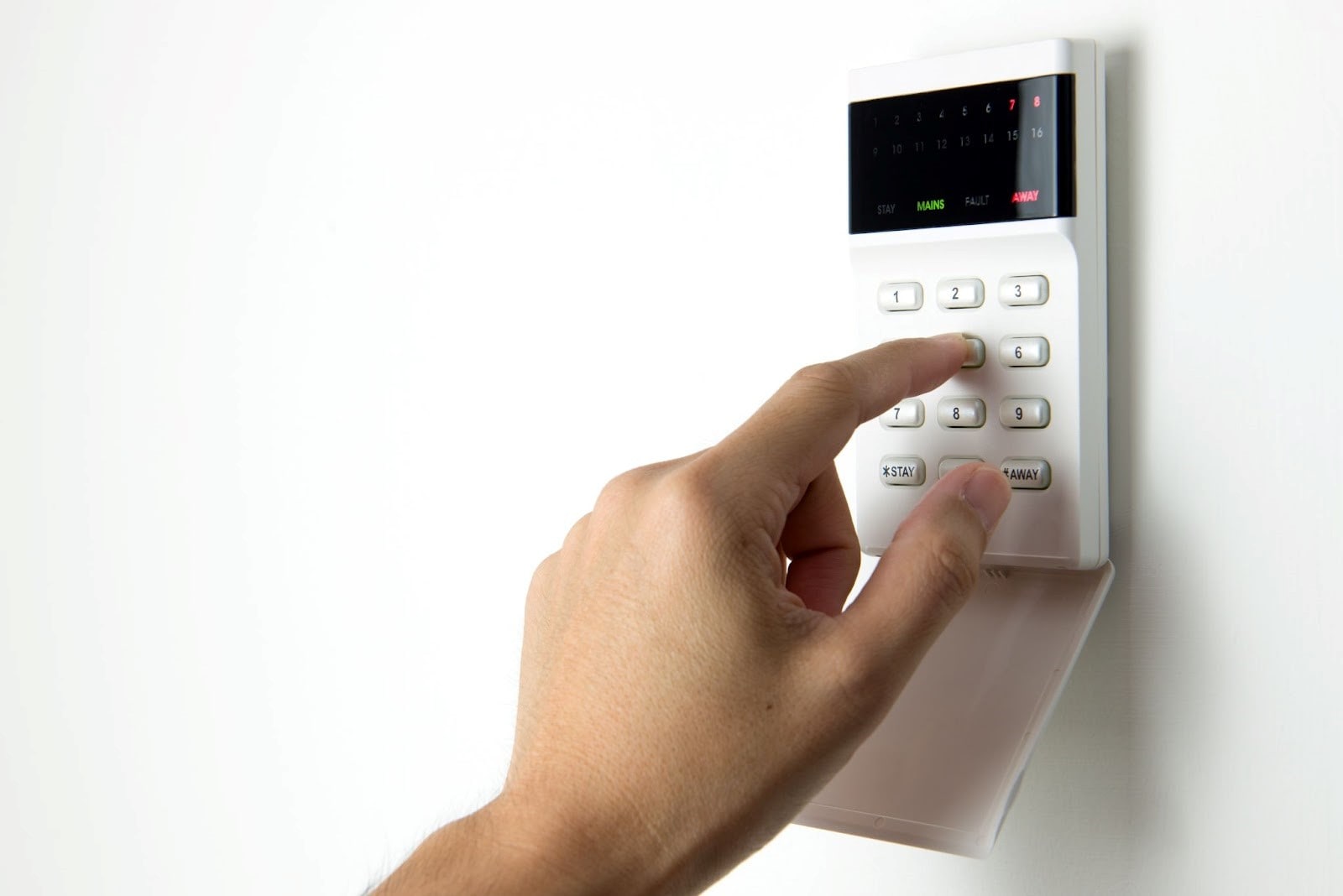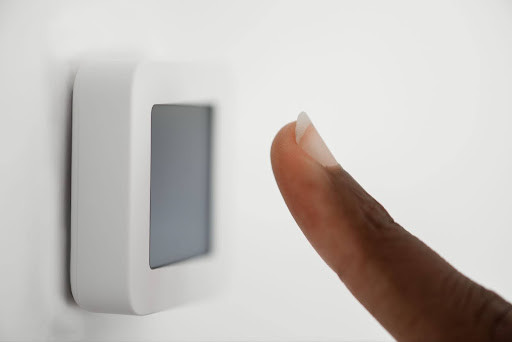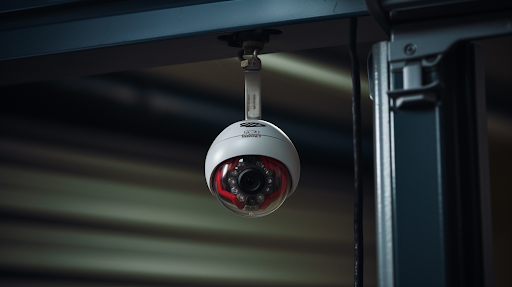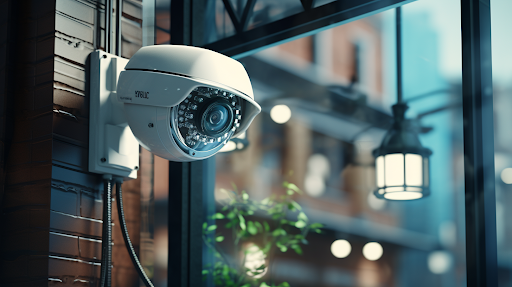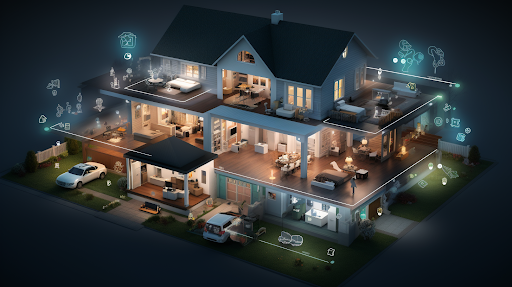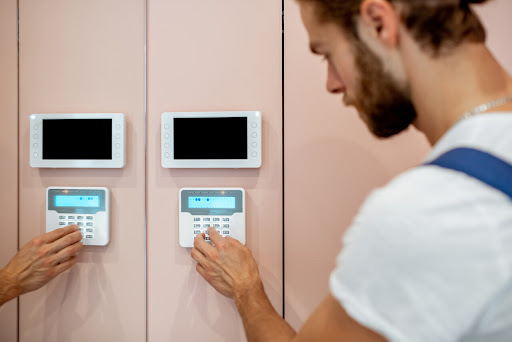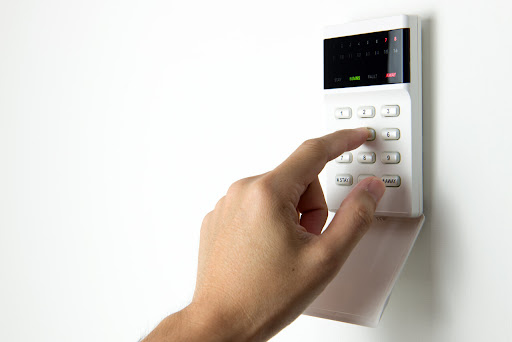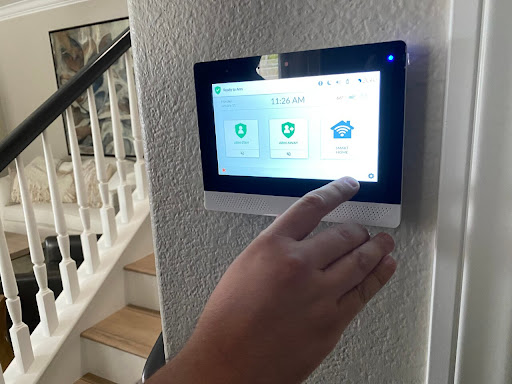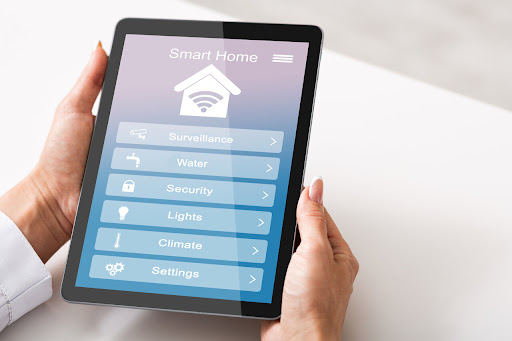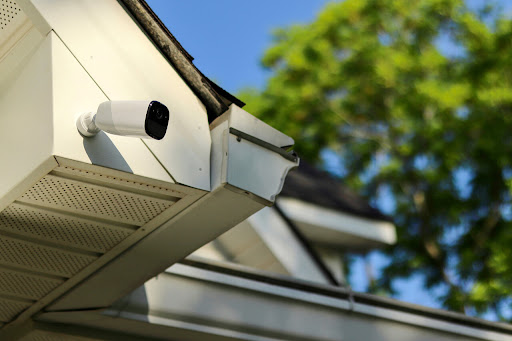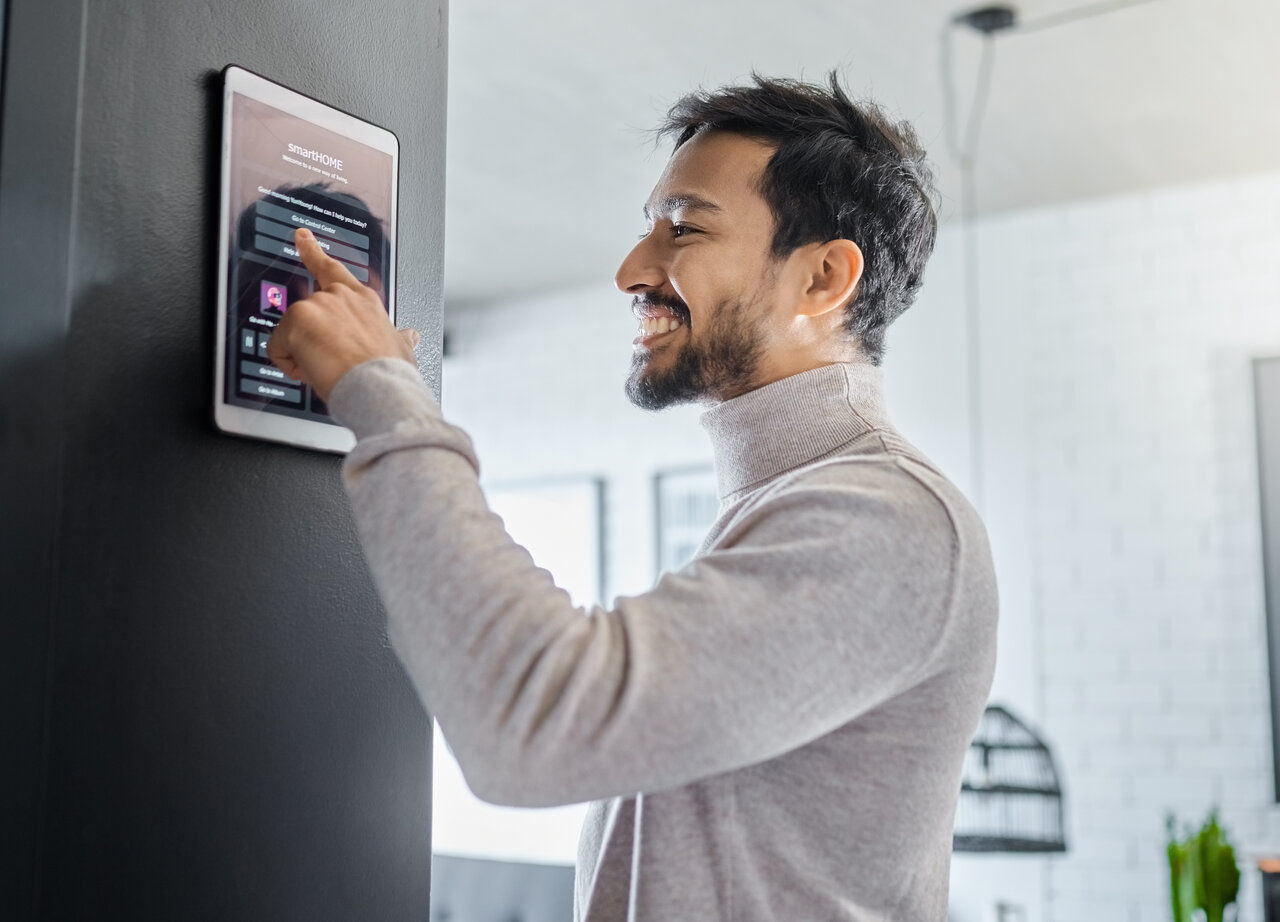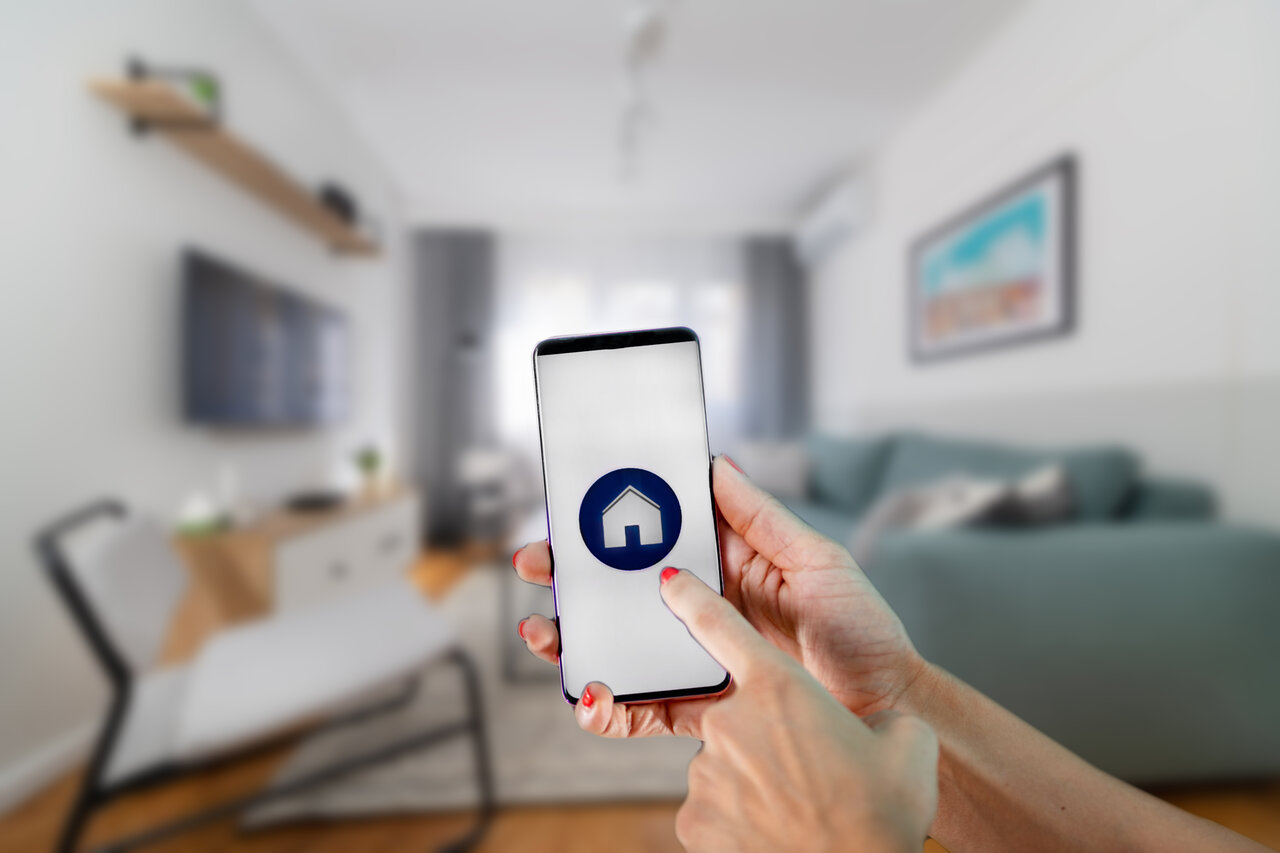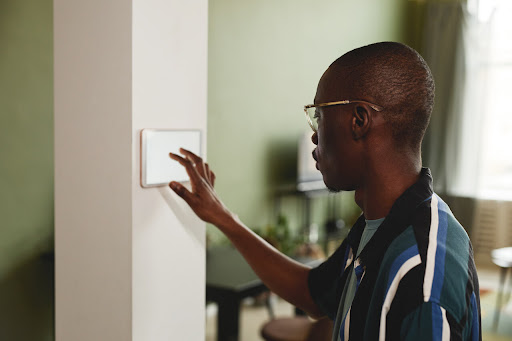
Do Home Alarm Systems Require Monitoring Services?
Sommaire
- What Are Monitoring Services?
- Home Alarm System Components
- Pros of Monitoring Services
- Professional Response
- 24/7 Monitoring
- Increased Response Time
- Additional Services
- Types of Monitoring Services Available
- Professional Monitoring
- Self-Monitoring
- Video Monitoring
- Environmental Monitoring
- Panic Button Monitoring
- Medical Alert Monitoring
- Shop for Home Alarm Systems
With advancements in technology, home alarm systems have emerged as a popular choice for homeowners seeking to enhance their safety measures. These systems provide a sense of protection and peace of mind, but a critical question arises: do home alarm systems require monitoring services?
When it comes to home security, there are a variety of options available. From basic do-it-yourself (DIY) systems to comprehensive professional monitoring services, homeowners have an array of choices to consider. Understanding the different components and features of these systems is crucial to making an informed decision about the level of protection that best suits your needs. In this blog post, we delve into the world of home alarm systems and explain whether or not they require monitoring services.
What Are Monitoring Services?
Monitoring services are security solutions that provide continuous surveillance and protection for residential and commercial properties. These services typically involve the installation of various sensors and detectors, such as motion sensors, door/window contacts, and surveillance cameras.
When an alarm is triggered, the system immediately alerts a monitoring center staffed by trained professionals who can quickly assess the situation and take appropriate action. This may include notifying the property owner, dispatching emergency services, or initiating predefined response protocols. Monitoring services offer peace of mind by ensuring a swift response to potential threats, such as burglaries, fires, medical emergencies, or other security breaches.
Home Alarm System Components
A home alarm system consists of various components that work together to provide comprehensive security. These components are designed to detect unauthorized entry, monitor the surroundings, and notify homeowners or a monitoring service in the event of an emergency.
Here are some essential components commonly found in home alarm systems:
- Control Panel: The control panel serves as the central command center for the alarm system. It allows homeowners to arm and disarm the system, configure settings, and receive alerts.
- Sensors: Sensors are crucial for detecting unauthorized entry or activity. There are different types of sensors used in home alarm systems, including:
- Door and Window Sensors: These sensors are typically placed on doors and windows to detect if they are opened or tampered with.
- Motion Sensors: Motion sensors use infrared technology to detect movement within a specific area. They are commonly placed in rooms or hallways.
- Glass Break Sensors: These sensors are designed to detect the sound or vibration of breaking glass, offering an added layer of security for windows.
- Carbon Monoxide and Smoke Detector: Integrated smoke and carbon monoxide detectors can alert homeowners and monitoring services in the event of a fire or dangerous gasses.
- Siren: The siren is a loud alarm that is activated when a security breach or emergency is detected. Its purpose is to alert occupants and deter intruders.
- Keypad or Key Fob: Keypads or key fobs provide a convenient way to arm and disarm the alarm system without having to access the control panel directly. Key fobs are handheld devices that can be carried around, while keypads are fixed in a specific location.
- Security Cameras: Surveillance cameras are becoming increasingly popular in home alarm systems. They provide visual monitoring of the premises and can record footage for later review. Some cameras also offer live streaming capabilities and can be accessed remotely via smartphones or computers.
- Alarm Monitoring Services: While not a physical component, alarm monitoring services are crucial in home security systems. These services connect the alarm system to a professional monitoring center. When an alarm is triggered, the monitoring center is alerted, and they can contact the homeowner, or emergency services, or take appropriate action as per the predetermined plan.
A system’s specific configuration and features may vary based on individual needs and the level of security desired. By understanding these components, homeowners can make informed decisions when choosing the right alarm system for their homes.
What features should I consider when choosing a home alarm system?
Pros of Monitoring Services
If you are looking for a fully comprehensive security system that guarantees round-the-clock surveillance, a monitoring service is the ultimate answer. With the help of your in-house security devices, a dedicated team will always be available for your safety, deploying the police department or emergency services when necessary. Here are the advantages of opting for monitoring services.
Professional Response
With monitoring services, any alarms or security breaches are immediately relayed to a professional monitoring center. Trained operators can quickly assess the situation and take appropriate action, such as contacting emergency services or alerting the homeowner.
24/7 Monitoring
Monitoring services offer round-the-clock surveillance of your home, even when you’re away or unable to respond to an alarm. This constant monitoring ensures that any potential threats or emergencies are promptly addressed. This is especially ideal for individuals who find themselves away from home frequently, or families that love to vacation.
Increased Response Time
In the event of a break-in, fire, or other emergencies, monitoring services can significantly reduce response times. They can quickly dispatch emergency personnel to your location, potentially minimizing damage and ensuring a timely response to critical situations.
Additional Services
Some monitoring services offer additional features such as remote access to your security system through mobile apps, video verification, or integration with smart home devices. These extra services can enhance convenience and provide a more comprehensive security solution.
Types of Monitoring Services Available
There are different types of monitoring services available for home alarm systems, each offering varying levels of protection and features. Here are some common types of monitoring services:
Professional Monitoring
This is the most comprehensive and traditional type of monitoring service. With professional monitoring, your alarm system is connected to a central monitoring station operated by a security company. When an alarm is triggered, trained operators at the monitoring center receive the signal and take appropriate action, such as contacting you, emergency services, or dispatching security personnel to your location. Professional monitoring typically operates 24/7, providing round-the-clock surveillance and response.
Self-Monitoring
Self-monitoring allows homeowners to oversee their alarm systems without involving a professional monitoring service. With self-monitoring, you receive notifications, alerts, and updates directly on your smartphone or computer when an alarm signal is triggered. This allows you to assess the situation and decide on the appropriate response. Self-monitoring is often facilitated through mobile apps or web-based platforms provided by the alarm system manufacturer.
Video Monitoring
Video monitoring services integrate surveillance cameras into the alarm system, providing visual verification and enhanced security. When an alarm is triggered, video monitoring services allow operators to access live video feeds from your cameras to assess the situation in real time. This helps reduce false alarms and enables more informed decision-making. Video monitoring services are often offered as an add-on to professional monitoring or self-monitoring options.
Environmental Monitoring
In addition to security monitoring, some services offer environmental monitoring features. These include monitoring for smoke, fire, carbon monoxide, water leaks, and temperature changes. Environmental monitoring can provide early warnings and help prevent potential damages or hazards in your home.
Panic Button Monitoring
Panic button monitoring is specifically designed for emergency situations where you require immediate assistance. Typically, a panic button is installed in a central location in your home or provided as a wearable device. Pressing the panic button sends an alert to the monitoring center, enabling them to dispatch emergency services to your location promptly.
Medical Alert Monitoring
Medical alert monitoring services cater to individuals with medical conditions or elderly individuals who may require immediate medical assistance. These services often involve wearable devices or wall-mounted buttons that can be activated in case of a medical emergency. Once the alert is received, the monitoring center can contact emergency medical services or designated caregivers.
Shop for Home Alarm Systems
If you are looking for an all-inclusive home security system, look no further than Sting. At Sting Security, we understand that your home, family, and personal safety is your number one priority and we want to give you the tools to feel confident that you are as protected as possible.
We have three different residential security packages, with our most popular offering the following benefits:
- Professional installation
- 24/7 professional monitoring
- Mobile app
- 3 door contacts
- 2 motion detectors
- Touch screen alarm panel
- Surveillance camera or smart doorbell
Our security system is designed to seemingly integrate with your everyday digital life, which is why all of our alarms and monitoring services can link directly to your smartphone. So, in addition to the 24/7 professional monitoring, you can also feel in charge of your own home safety.
